Filmmakers in Action (2006)
What is the state of cinema and what being a filmmaker means? What are the measures taken to protect authors' copyright? What is their legal status in different countries? (Sequel to “Filmmakers vs. Tycoons.”)
What is the state of cinema and what being a filmmaker means? What are the measures taken to protect authors' copyright? What is their legal status in different countries? (Sequel to “Filmmakers vs. Tycoons.”)
 Marta BelmonteMarta
Marta BelmonteMarta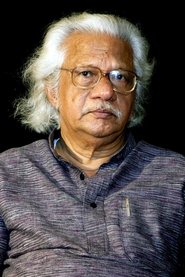 Adoor GopalakrishnanSelf
Adoor GopalakrishnanSelf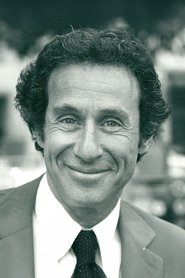 Arthur PennSelf
Arthur PennSelf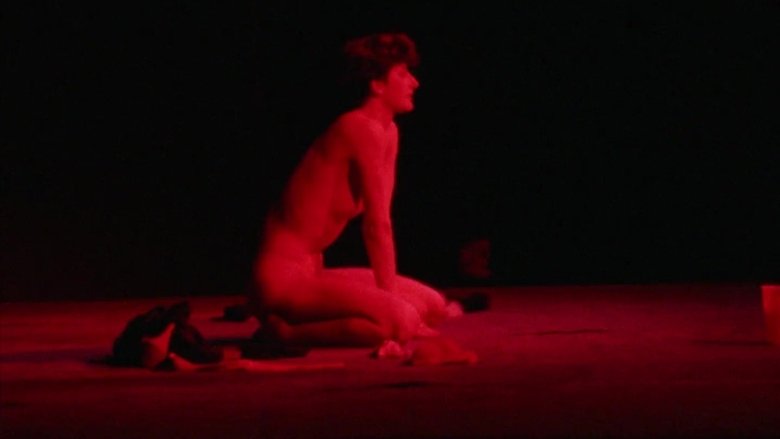
Porn stars Sharon Mitchell and Tigr navigate the ups and downs of being in love while working in the sex industry.
Hosted by Christopher Lee, this documentary examines the different actors who have portrayed Dracula over the years.
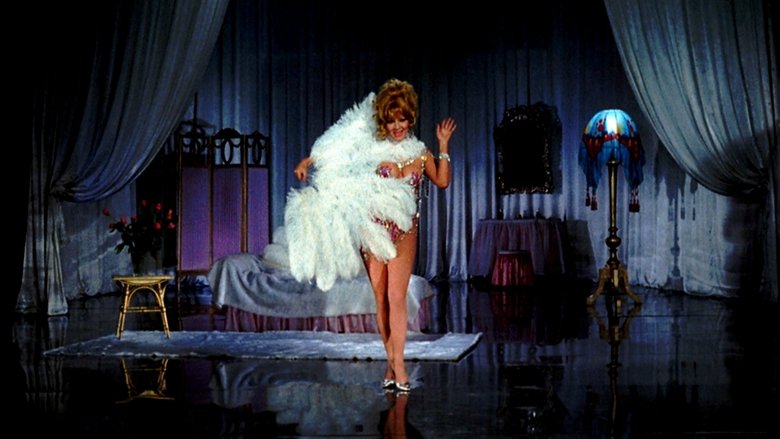
What was the role of women in Spanish cinema from the 1930s to the present explained through fragments of different films, both fiction and non-fiction. (Followed by “Manda huevos,” 2016.)
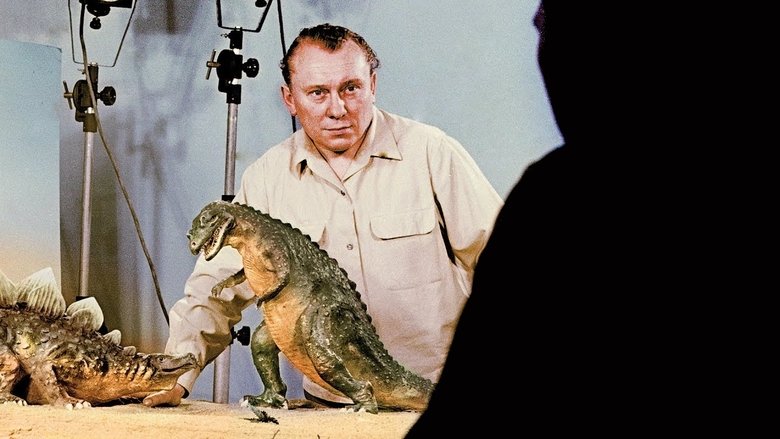
A look at the life, work and importance of Czech filmmaker Karel Zeman (1910-89), a genius of world cinema, a wizard of special effects, revealing his sources of inspiration and his revolutionary filming techniques.
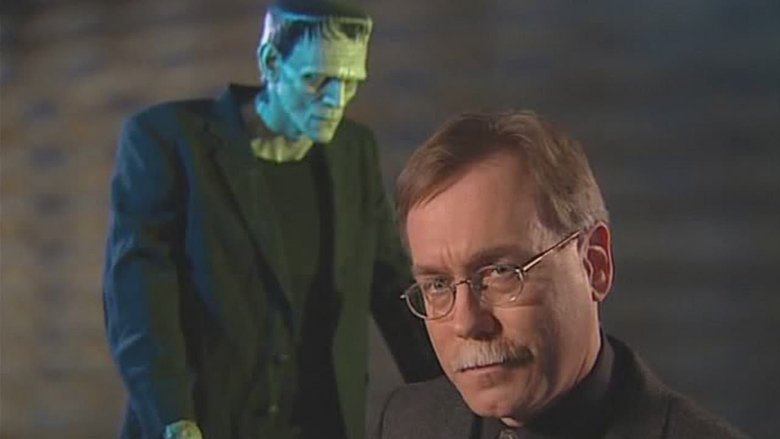
The history of Frankenstein's journey from novel to stage to screen to icon.
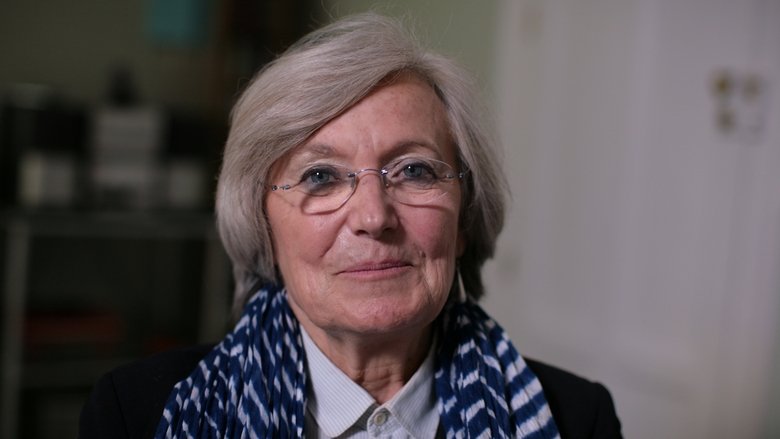
Spain, 1960. French student Monique Roumette lives in Madrid on a scholarship. Thanks to a friend who works in the production company Uninci, she has the privilege of attending the shooting of Viridiana, a film directed by Luis Buñuel.
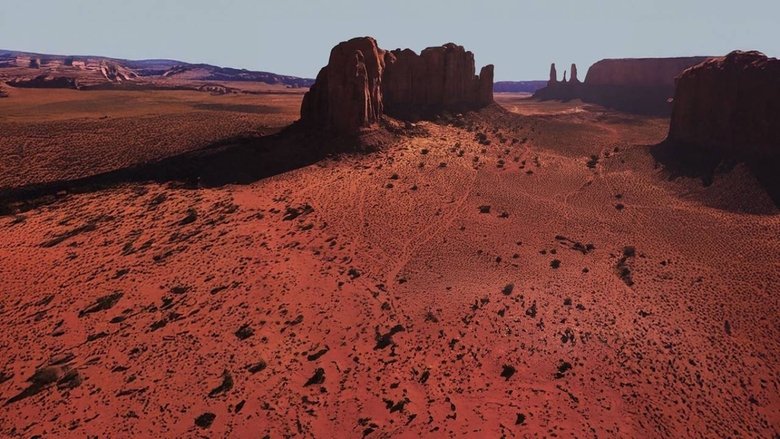
About Lauri, and through him the story of other victims of both school bullying and a separate childhood trauma: victims full of white rage, which may lead to school shootings and other extreme acts of violence. The film is also about our society: a society without sufficient understanding or desire to address the emergence of school violence.
BRAKHAGE explores the depth and breadth of the filmmaker’s genius, the exquisite splendor of his films, his magic personal charm, his aesthetic fellow travelers, and the influence his work has had on generations of other creators. While touching on significant moments in Brakhage’s biography, the film celebrates Brakhage’s visionary genius, and explores the extraordinary artistic possibilities of cinema, a medium mostly known only for its commercial applications in the form of narratives, cartoons, documentaries, and advertising. BRAKHAGE combines excerpts from Brakhage’s films and films of other avant-garde filmmakers (eg, George Kuchar, Jonas Mekas, Willie Varela, Bruce Elder, and others); interviews with Brakhage, his friends, family, colleagues, and critics; archival footage of Brakhage spanning the past thirty-five years; and location shooting in Boulder, Colorado and New York.
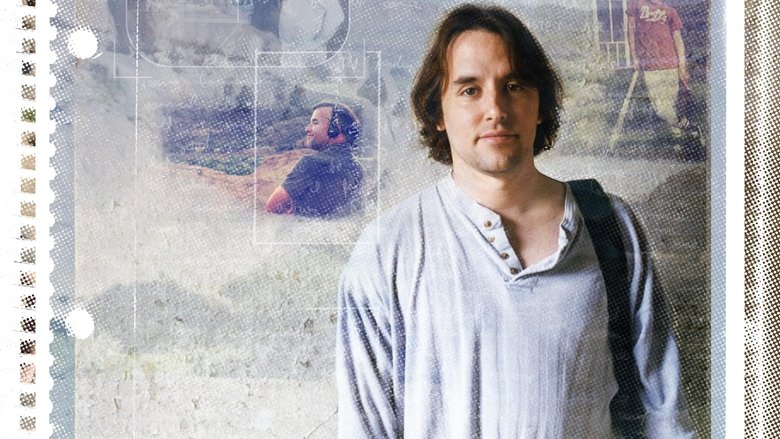
Highlighting one of the most innovative American directors, this film reveals the path traveled by the auteur from his small-town Texas roots to his warm reception on the awards circuit. Long before he directed Boyhood, Richard Linklater’s intense desire to create fueled his work outside the Hollywood system. Rather than leave Texas, he chose to collaborate with like-minded artists crafting modest, low-budget films in a DIY style. His ability to showcase realistic characters and tell honest stories was evident from his films, and others soon took notice of his raw talent.
Werner Herzog discusses the making of "Nosferatu" on set.
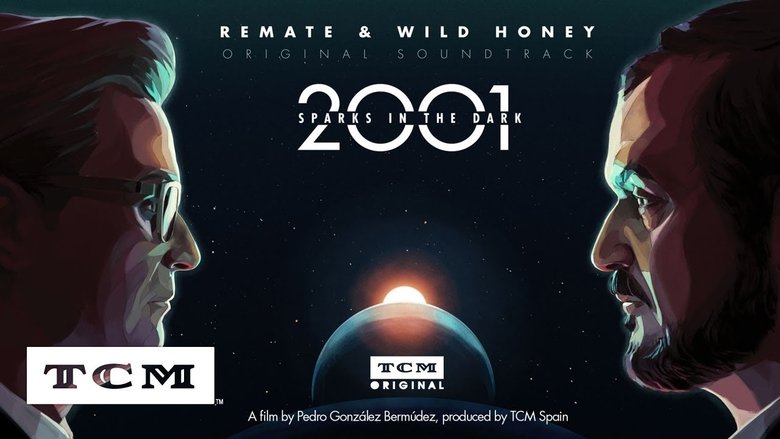
A recreation of the interview with Stanley Kubrick that Playboy magazine published in its September 1968 issue and that has become essential when approaching the reflections and theories that led the director to shoot one of his masterpieces.
The film director, Carol Reed, is the subject of this documentary short. The illegitimate son of the famous stage actor, 'Sir Herbert Beerbohm Tree' , Reed was brilliant with actors, especially child actors, making him the perfect person to bring Oliver! to the screen. Reed is best known for three films he made in the late 1940s, and the documentary offers generous clips from Odd Man Out, The Fallen Idol, and the most famous of all, The Third Man. The film director, John Boorman, the assistant director, Guy Hamilton, the actors, Ron Moody and Bryan Forbes and the cinematographer, Oswald Morris, are among the interviewees.

Hong Kong, 1978. South Korean actress Choi Eun-hee is kidnapped by North Korean operatives following orders from dictator Kim Jong-il.
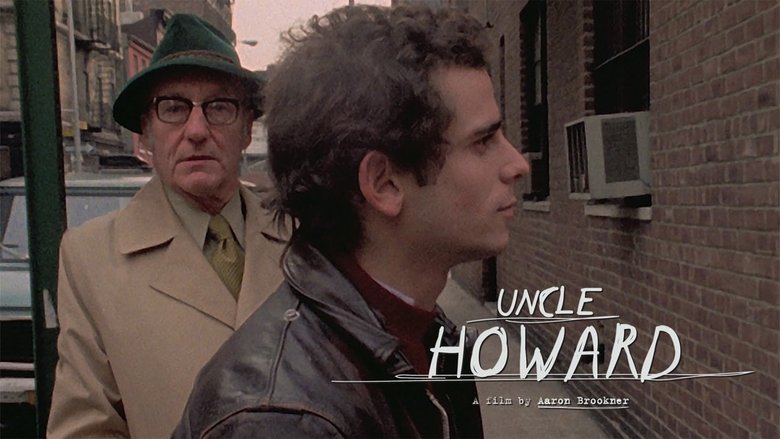
When Howard Brookner lost his life to AIDS in 1989, the 35-year-old director had completed two feature documentaries and was in post-production on his narrative debut, Bloodhounds of Broadway. Twenty-five years later, his nephew, Aaron, sets out on a quest to find the lost negative of Burroughs: The Movie, his uncle's critically-acclaimed portrait of legendary author William S. Burroughs. When Aaron uncovers Howard's extensive archive in Burroughs’ bunker, it not only revives the film for a new generation, but also opens a vibrant window on New York City’s creative culture from the 1970s and ‘80s, and inspires a wide-ranging exploration of his beloved uncle's legacy.
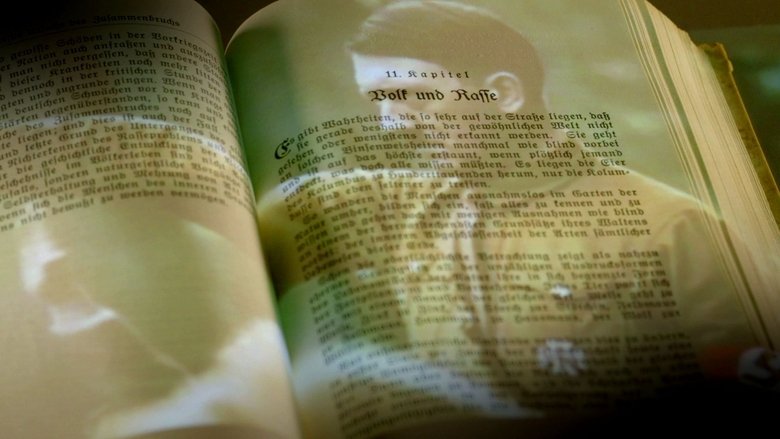
Documentary tells the story of the book and shows what impact its racist and ultra-nationalist content has on us today, where arson attacks, right-wing riots and hate comments against asylum seekers are the order of the day.
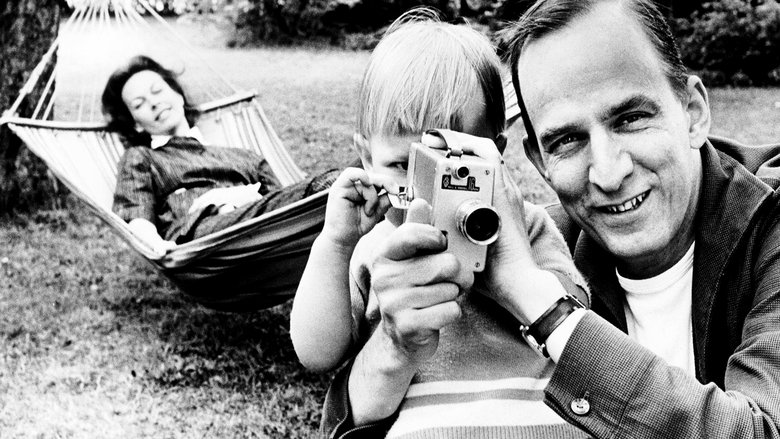
A meaningful account of the personal and professional life of the great Swedish filmmaker Ingmar Bergman (1918-2007) that explores his film legacy, with interviews with his closest collaborators and a new generation of filmmakers.
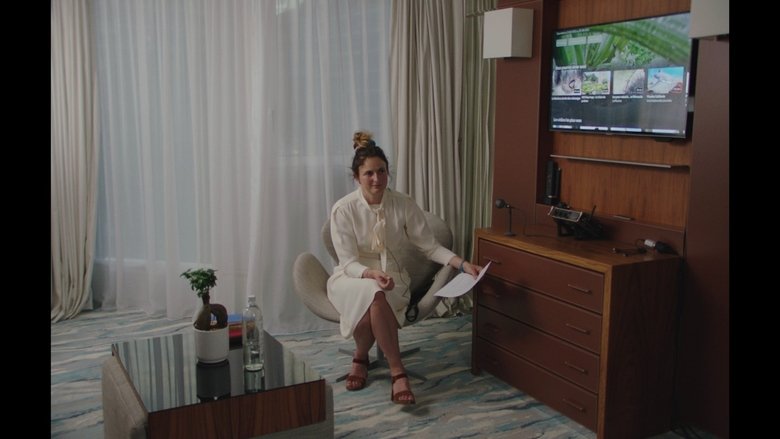
In 1982, Wim Wenders asked 16 of his fellow directors to speak on the future of cinema, resulting in the film Room 666. Now, 40 years later, in Cannes, director Lubna Playoust asks Wim Wenders himself and a new generation of filmmakers (James Gray, Rebecca Zlotowski, Claire Denis, Olivier Assayas, Nadav Lapid, Asghar Farhadi, Alice Rohrwacher and more) the same question: “is cinema a language about to get lost, an art about to die?”
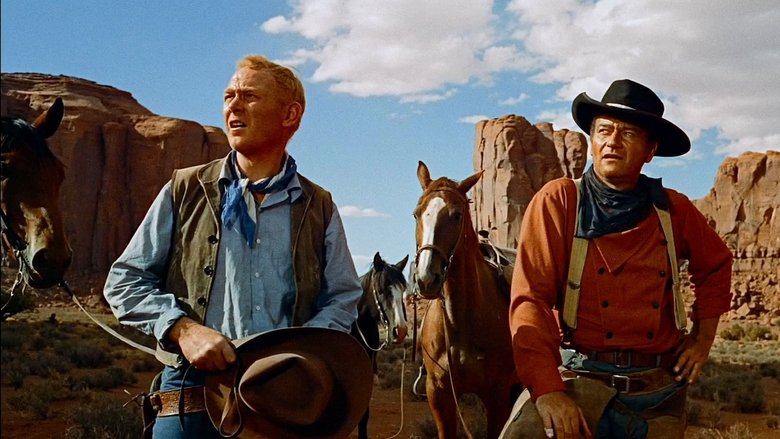
A documentary encapsulating the career and Western films of director 'John Ford' , including clips from his work and interviews with his colleagues.